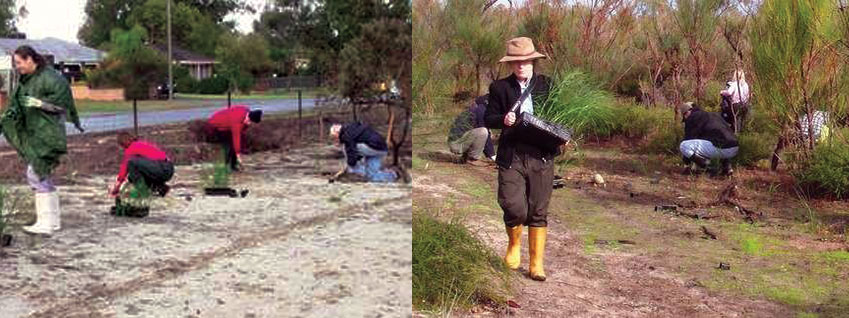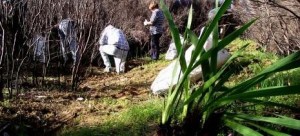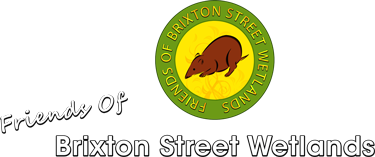Regeneration
 To protect the bushland, we contribute to the regeneration of the native flora in the wetlands. The area provides food, shelter and habitats for the native fauna and regeneration of our native flora. These remaining natural areas are home to particularly diverse, endangered and/or vulnerable species of flora and fauna.
To protect the bushland, we contribute to the regeneration of the native flora in the wetlands. The area provides food, shelter and habitats for the native fauna and regeneration of our native flora. These remaining natural areas are home to particularly diverse, endangered and/or vulnerable species of flora and fauna.
Flora restoration focuses on augmenting natural regeneration through weed control, the focus being on the serious weeds. Our efforts to assist the regeneration of native flora also involves taking cuttings and planting in areas affected by the elements.
Weed invasions
 Weeds are a serious threat to wetlands as they compete strongly for space, light, nutrients and water in areas where native plant species occur. This is not because native species are inherently weak, but unlike the native species, the weed species no longer have to contend with the grazing animals and disease organisms found in their own natural environment.
Weeds are a serious threat to wetlands as they compete strongly for space, light, nutrients and water in areas where native plant species occur. This is not because native species are inherently weak, but unlike the native species, the weed species no longer have to contend with the grazing animals and disease organisms found in their own natural environment.
The spread of introduced weed species is closely linked to the disturbance of native vegetation through activities such as clearing, grazing and dumping of garden refuse. Frequent fires in urban wetlands and surrounding bushland also favour weed invasion and establishment.
Aquatic weeds spread rapidly, often forming dense mats above or below the water that can limit light entering a wetland and deplete oxygen needed by aquatic fauna. Weed invasion threatens wetland biodiversity, leading to a decline in species and habitat diversity.
Weeds degrade wetland ecology in a number of ways, such as:
- restricting native plant regeneration and growth through competition;
- reducing the resources available for feeding, breeding and shelter of most native fauna; and
- increasing fire risk as a result of increased fuel loads.
The wetlands support diverse ecosystems and also provide helpful functions for the local environment. Over the years, many elements both environmental and human have contributed to some areas being lost. The friends identify areas of the vegetation that require restoration, and work to maintain the distinctive local flora by only using materials derived from locally collected seed/cuttings etc.,
The Friends work ensures the natural habitats can continue to provide for feeding, breeding and seasonal needs of fauna and we monitor the area for harmful materials that may affect the future viability of wetlands.
Contact Regina or Trevor for more information about the Brixton Street Wetlands or becoming a member today!
Please fill in your contact details below and we’ll be in touch.

